Sea Star
Por um escritor misterioso
Descrição
You probably know sea stars as starfish, the name sea stars are commonly known by. But sea stars aren’t really fish. Sea stars, like sea urchins and sand dollars, do not have backbones, which makes them part of a group called invertebrates. Fish have backbones, which makes them vertebrates. Got it? Most sea stars sport spiny skin and five arms, although some can grow as many as 50 arms. The arms are covered with pincerlike organs and suckers that allow the animal to slowly creep along the ocean floor. Light-sensitive eyespots on the tips of the arms help the sea star find food. Favorites on the menu include mollusks such as clams, oysters, and snails. The sea star eats by attaching to prey and extending its stomach out through its mouth. Enzymes from the sea star’s stomach digest the prey. The digested material enters the sea star’s stomach. Tiny organisms can be swallowed whole. Sea stars occupy every type of habitat, including tidal pools, rocky shores, sea grass, kelp beds, and coral reefs. Some sea stars even live in sands as deep as 20,530 feet (9,000 meters). Sea stars aren’t social creatures, but they will congregate in large groups during certain times of the year to feed.
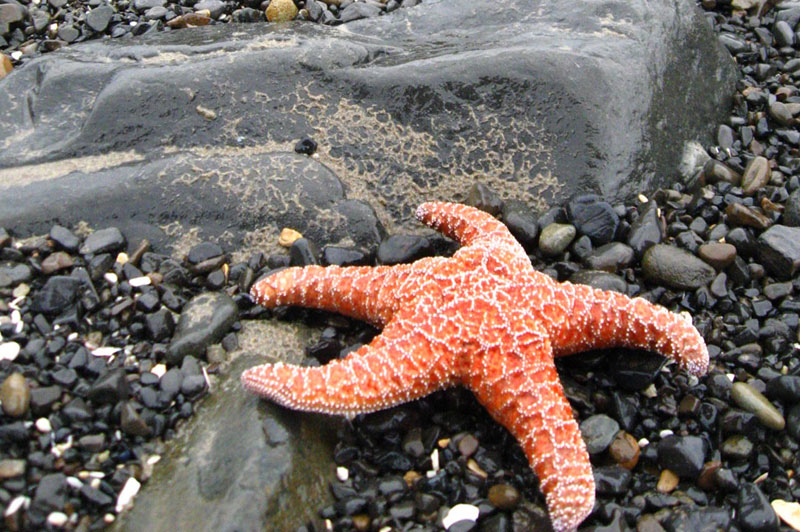
Scientists Need Help Observing Oregon Coast Sea Stars - How to Assist
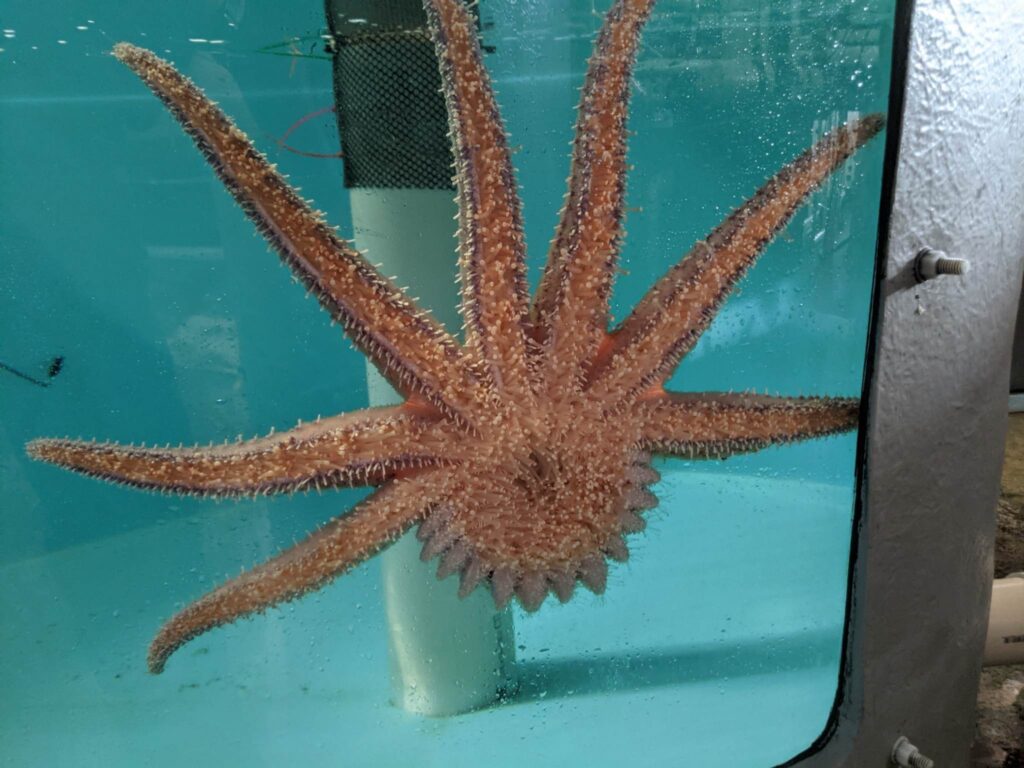
OCAq Staff Develop Sea Star Wasting Treatment - Oregon Coast Aquarium

Seashells by MillhillA Starfish / Sea Star Collection
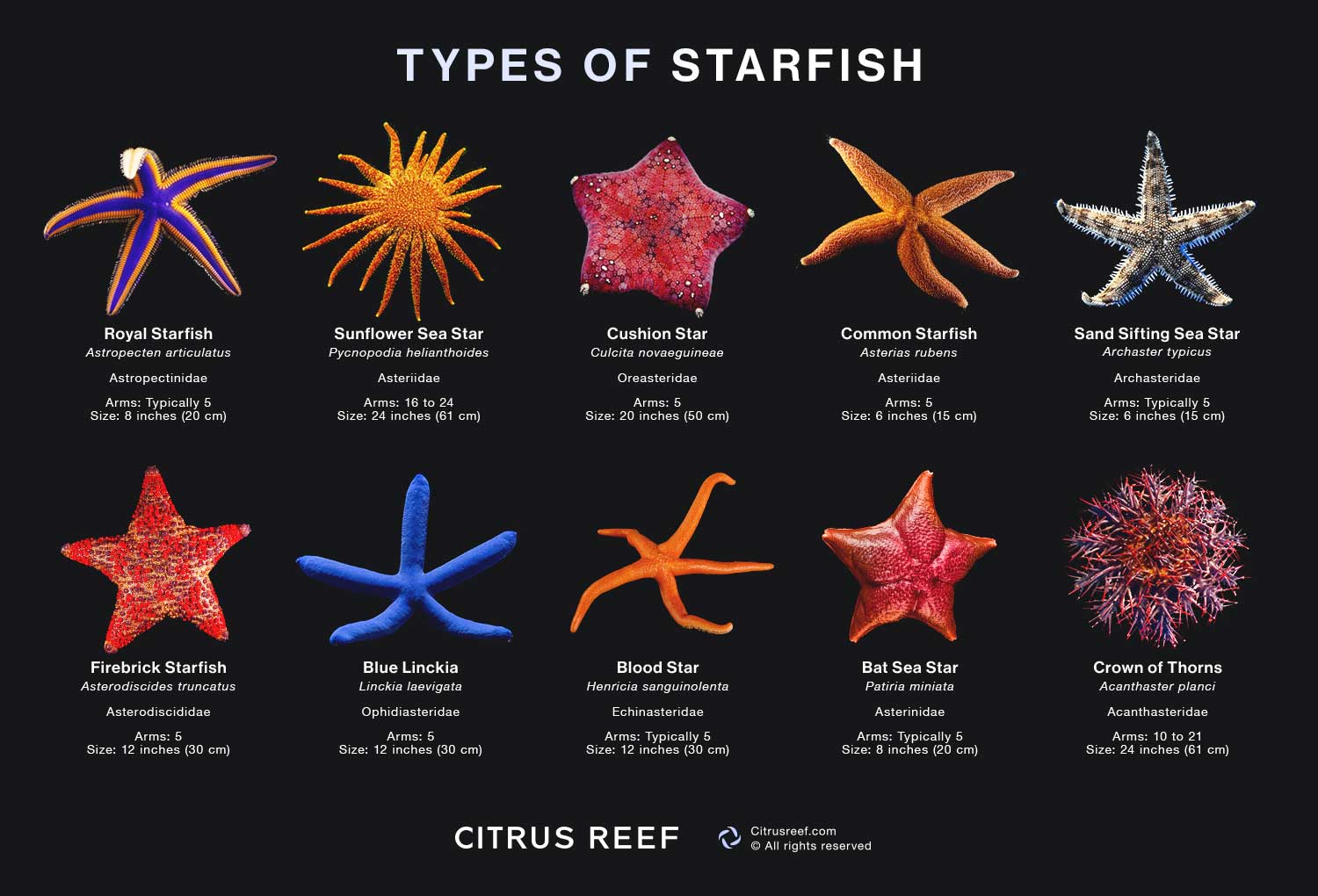
Types Of Starfish: 12 Incredible Sea Star Species – Citrus Reef
Common name: northern sea star Scientific name: Asterias amurensis Locations: shallow waters of the coast, attached to rocks Seasonality: available
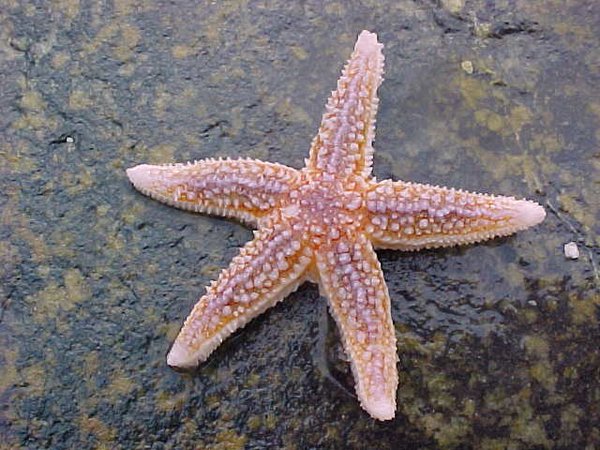
Northern Sea Star (Asterias vulgaris) | Gulf Of Maine, Inc.
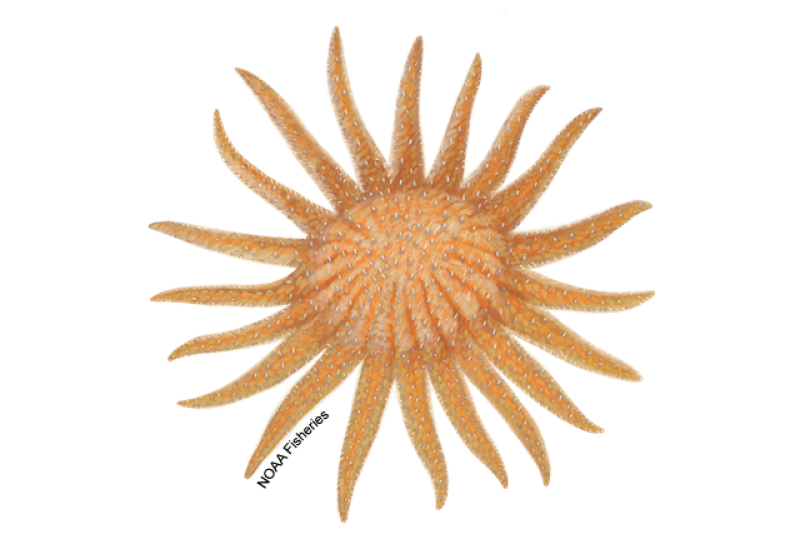
Sunflower Sea Star

Creature Feature: Ochre Sea Star - Oceana USA
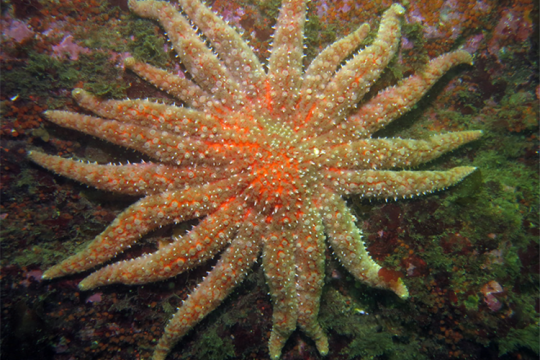
Sunflower Sea Star
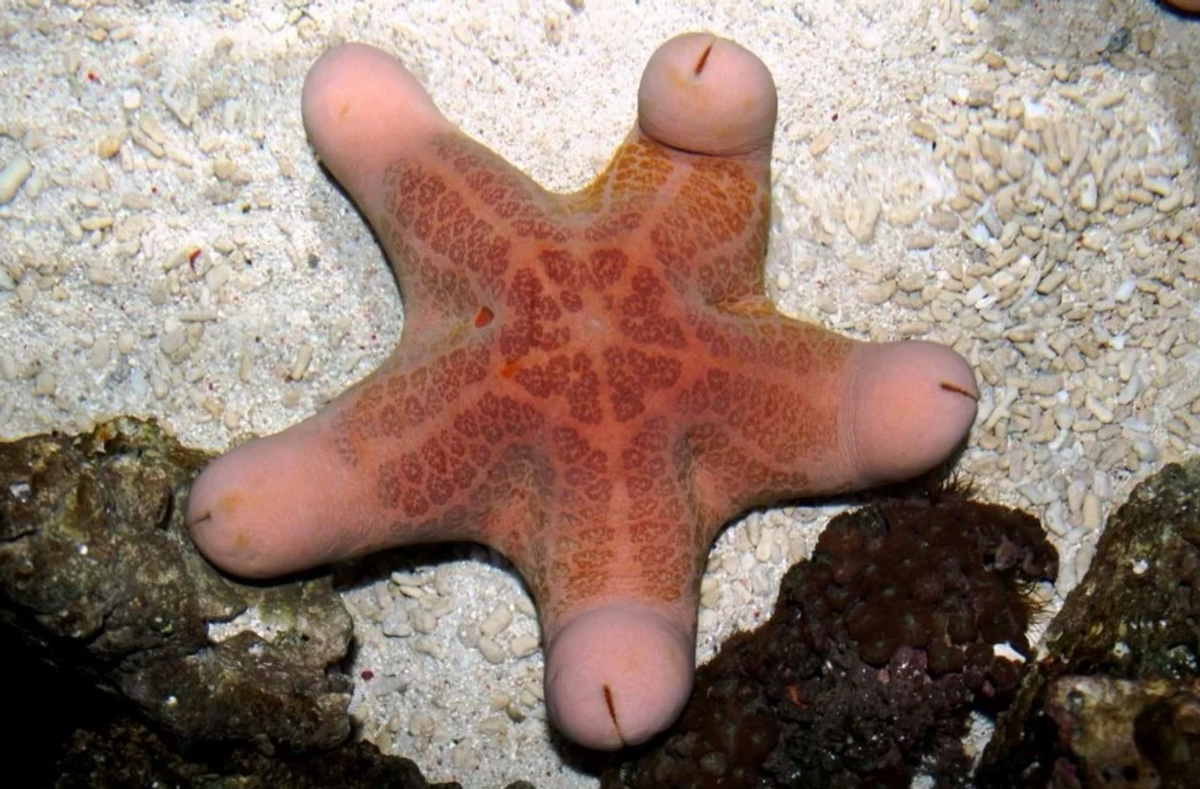
Is This Phallic-Looking Starfish for Real?

Sunflower Sea Star Proposed for Endangered Species Act Protection
de
por adulto (o preço varia de acordo com o tamanho do grupo)







